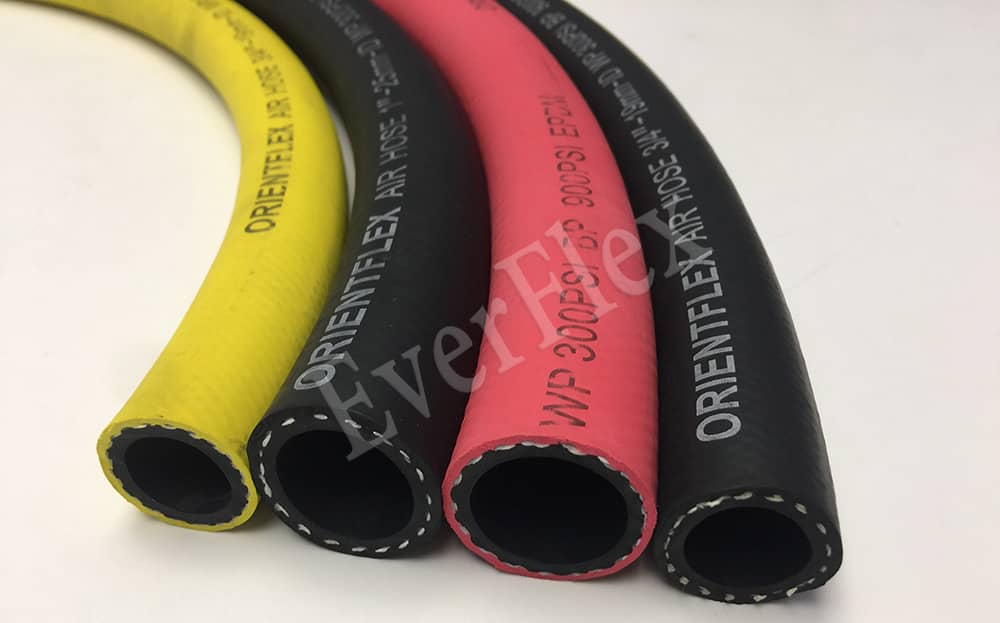Rubber hose is a kind of pipe widely used in various fields. While in different fields we need different rubber hoses. For example, we need an fuel oil hose to deliver oils in petroleum industry. While we need a food grade hose to deliver milk and other foods in food factory. Its production process and material selection have a crucial impact on the quality of the product. Then next, let me introduce you the production process of rubber hoses.
Raw material
The first step to produce rubber pipes is to prepare raw materials. While the materials include rubber, reinforce material, additive, etc. Select the proper formula to ensure that the pipe has good pressure, corrosion resistance and high temp resistance. Then the hose can fit your special work well.
Plastify and mixing
During the process, you need to mold the rubber raw material to make it easy to process. Then, the masticated rubber is mixed with other raw materials to fully mix the various materials to form a uniform mixture. This process is critical to the physical and chemical properties of the pipe.
Calender and vulcanize
The material after mixing will be calendered into sheets and vulcanized. This is to cause cross-linking reactions between rubber molecular chains to form rubber products with a stable structure. Factors such as temp, time and pressure during the process will affect the quality.
Process and shape
The vulcanized rubber sheet needs to be processed and shaped into the desired pipe shape. This process requires the use of molds to ensure accurate diameter and smooth surface.
Quality inspect and pack
After the production, it needs to test the quality of the hose. While this is to ensure that it can meet the requirement. These include the tests to appearance, size and other properties. After that, you need to pack the hose in roll or other styles. Then it can protect the hose from damage during storage and transportation.







